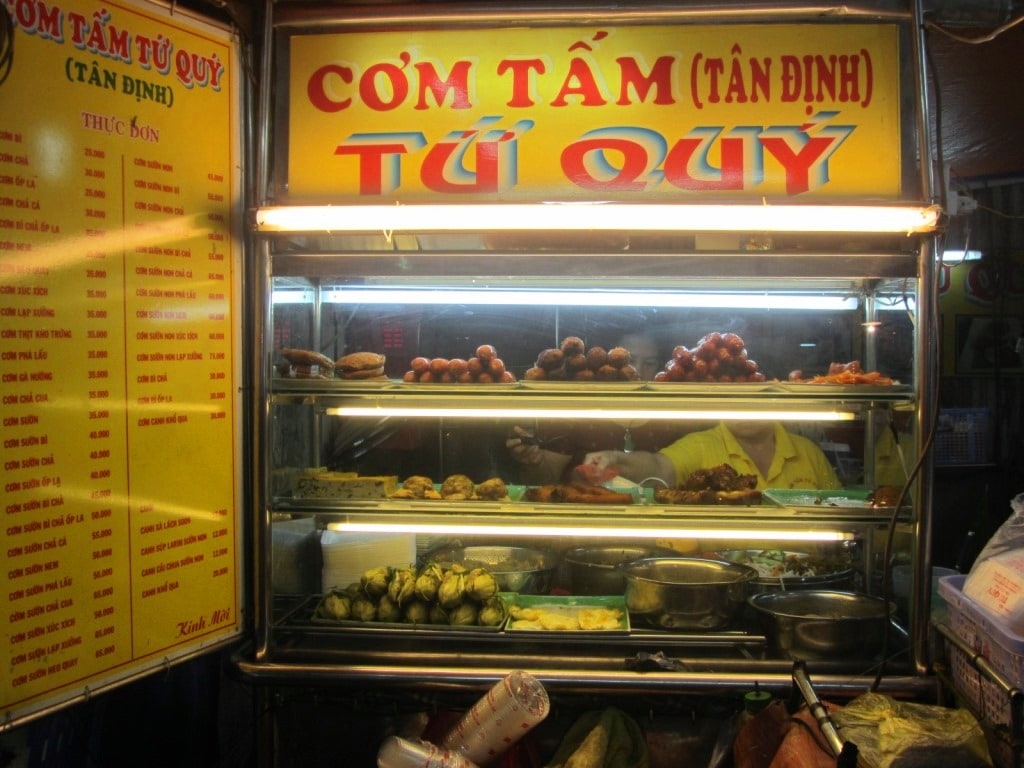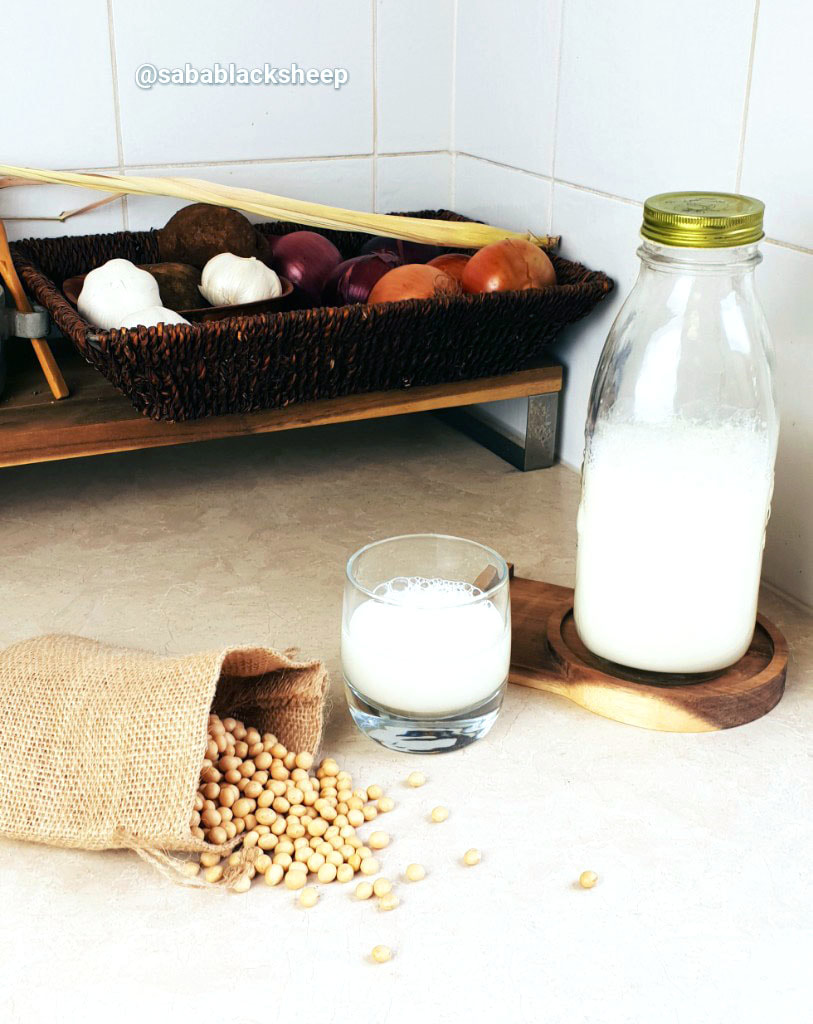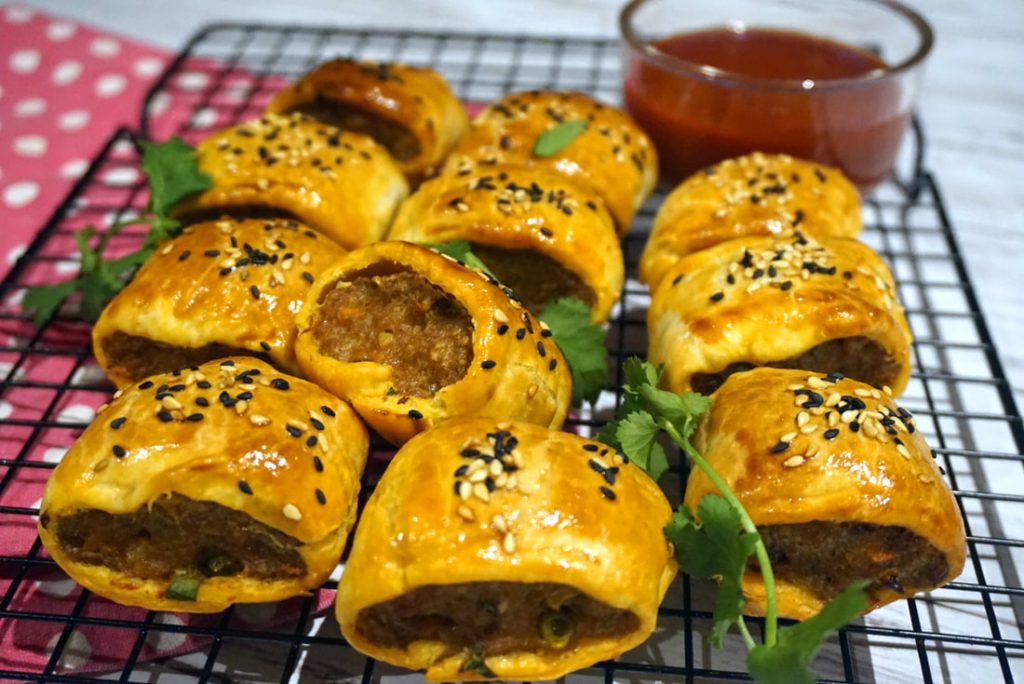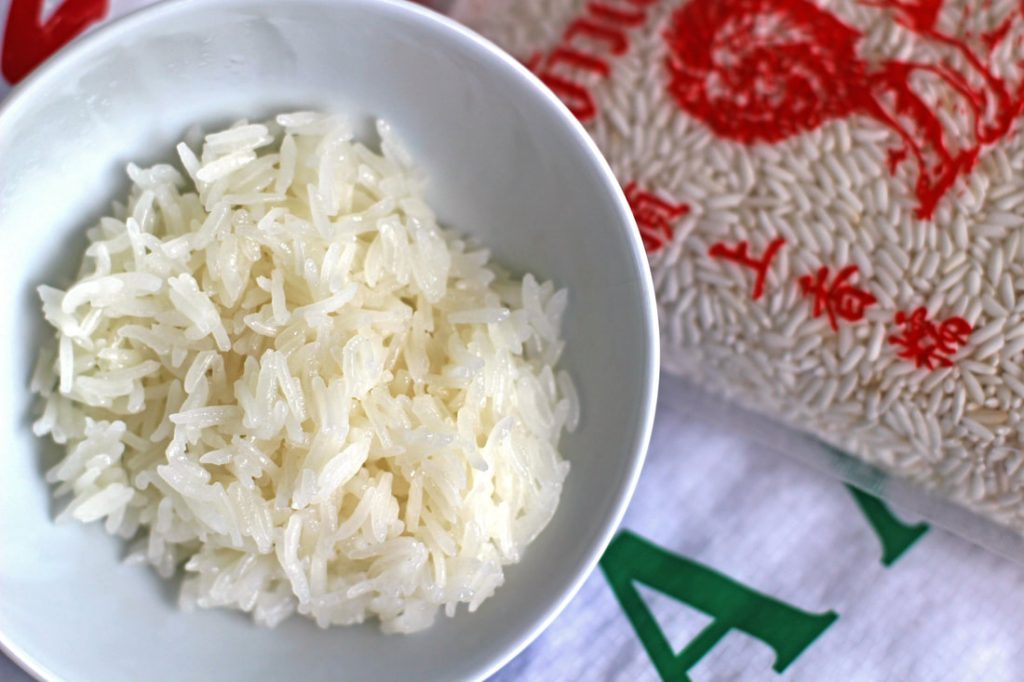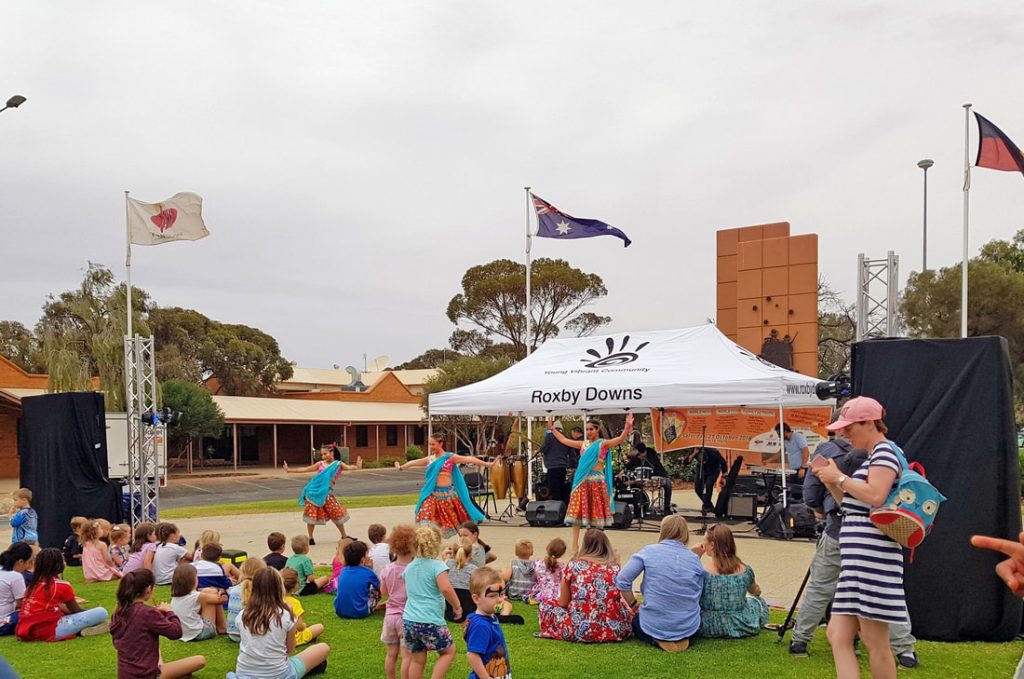Cơm tấm is pure gastronomic pleasure: barbecued pork on broken rice, topped with a fried egg and other accoutrements. Saigon and cơm tấm are inseparable: the two most distinctive smells in this city are exhaust fumes and grilled pork.” -Vietnam Coracle
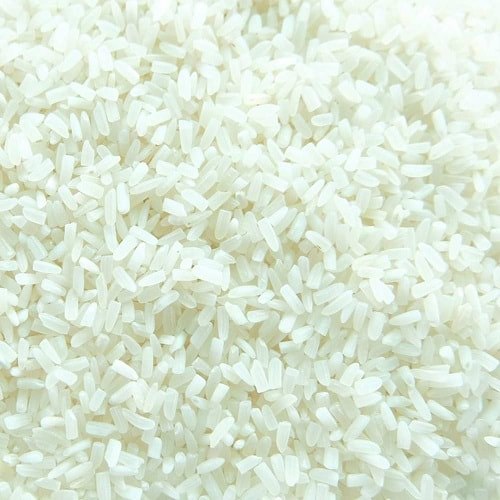
“Cơm tấm is pure gastronomic pleasure: barbecued pork on broken rice, topped with a fried egg and other accoutrements. Saigon and cơm tấm are inseparable: the two most distinctive smells in this city are exhaust fumes and grilled pork.” -Vietnam Coracle
When serving broken rice in combination plates, the rice should be moderately sticky. Many Vietnamese restaurants serve the broken rice shaped into a small dome. (This is done by filling a small rice bowl with cooked broken rice, pressing it gently into the bowl and then inverting onto a plate.) The rice dome is actually a really good test to see if the broken rice is cooked properly. The broken rice should hold its molded shape when you put your chopsticks or fork into it. If the rice spills onto your plate, it’s too dry. If it sticks together in one big clump, it’s too wet. Properly cooked broken rice is a bit drier than regular white rice but still fluffy and hearty – Trang of Runawayrice
Cơm tấm” has become a famous dish thanks to the a varied and sophisticated combination of toppings. It is usually served with grilled pork chop (“sườn nướng”), shredded pork skin (“bì”), steamed egg cake (“chả trứng”), sunny-side-up fried egg (“trứng ốp la”) over broken rice. The rice and meat are served with sides such as slices of fresh cucumber and tomato, pickles (“đồ chua”), and sauté green onions with crispy pork fat (“mỡ hành tóp mỡ”).
Typically, restaurants would serve this popular dish with a small bowl of nuoc cham (dipping sauce made from fermented fish sauce), as well as a small bowl of clear broth (canh) with garlic chives (to cleanse the throat).
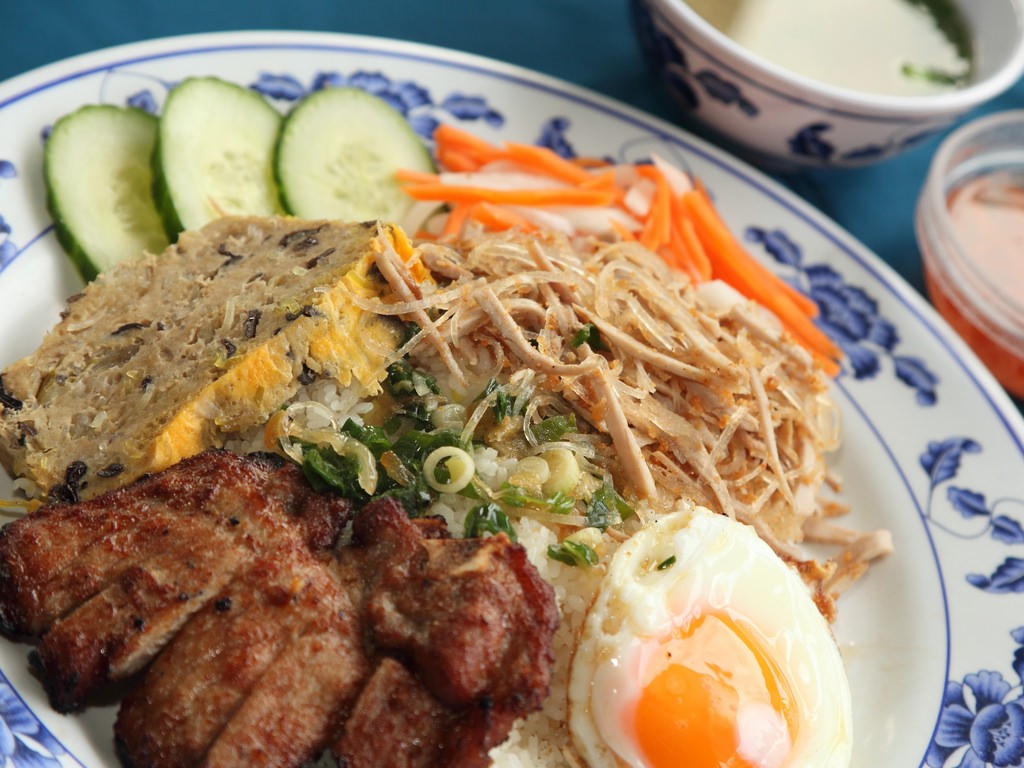
In the beginning, Cơm tấm was only sold as breakfast, but due to rising demand of customers, is available the whole day. In Ho Chi Minh, late night broken rice shops (“Cơm tấm đêm”) are multiplying rapidly with increasingly diverse toppings
Want to try for yourself? Broken Rice is sold in Asian markets where various rice and grains are sold.
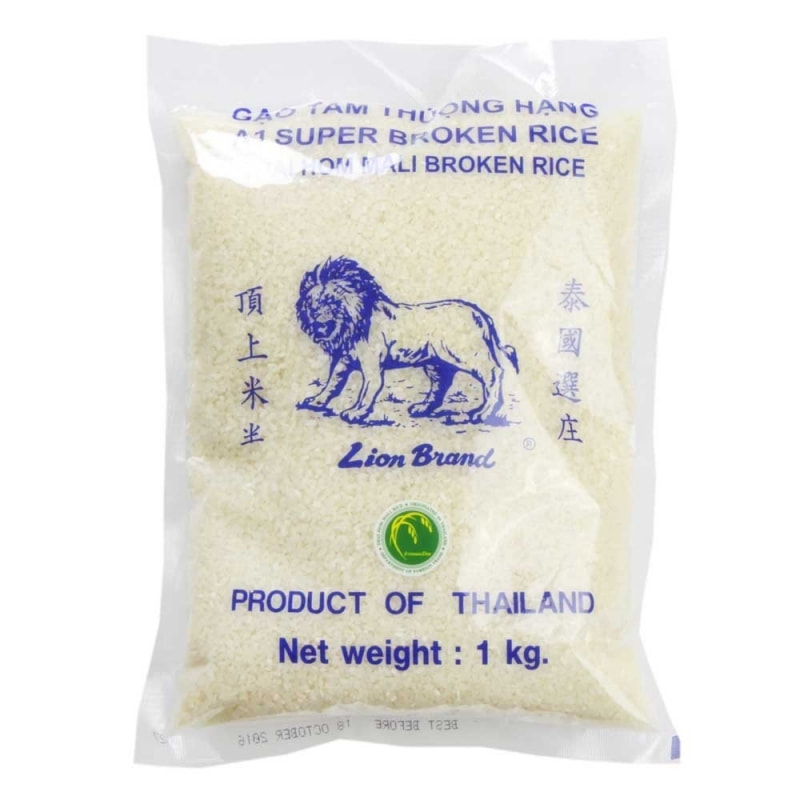
https://en.wikipedia.org/wiki/Broken_rice
https://en.wikipedia.org/wiki/C%C6%A1m_t%E1%BA%A5m
https://noodlies.com/2014/11/com-tam-home-recipe/
http://vietnamesefoody.com/vietnamese-broken-rice-com-tam
https://migrationology.com/com-tam-ba-ghien/
http://aromasian.com/recipe/vietnamese-broken-rice-com-tam/
http://vietnamcoracle.com/com-tam-saigon-7-of-my-favourites/
http://vnsplorer.com/read/news/com-tam-superb-fusion-of-vietnamese-culinary/223
https://runawayrice.com/blog/broken-rice-what-is-it/
http://vietnamcoracle.com/broken-rice-and-pork-stew/


